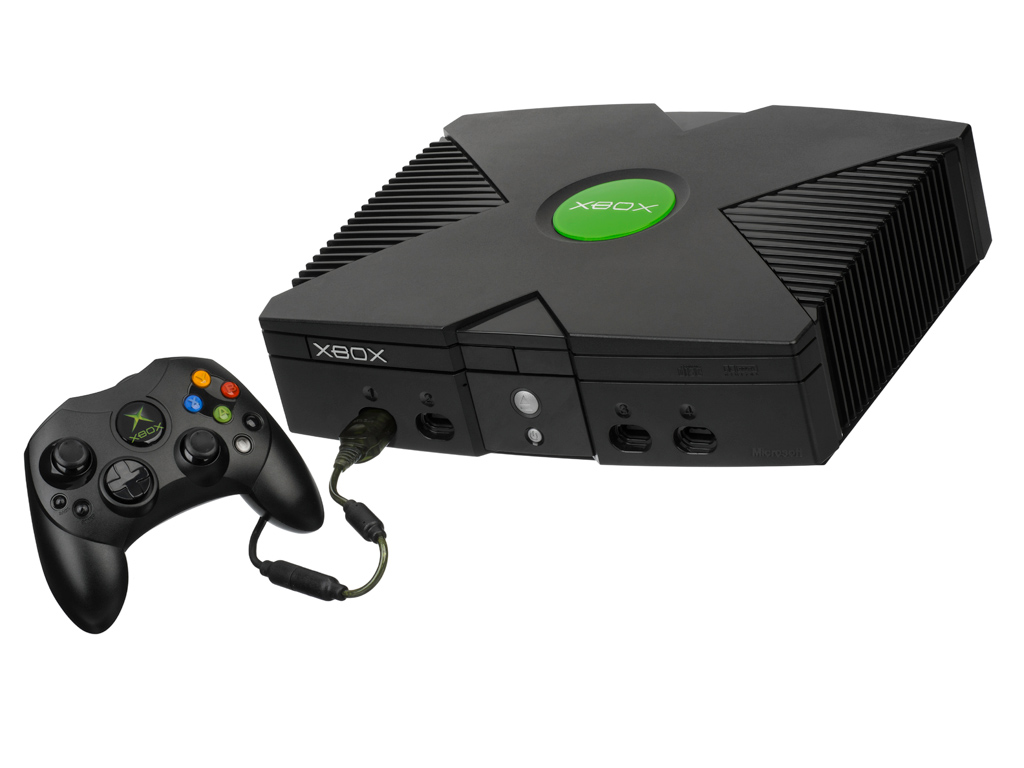Computer History: From The Antikythera Mechanism To The Modern Era
In this article, we shed light on the most important moments in computer history, acknowledging the people that have contributed to this evolution.
Video Games And Game Consoles Of The 1980s, 1990s And Beyond
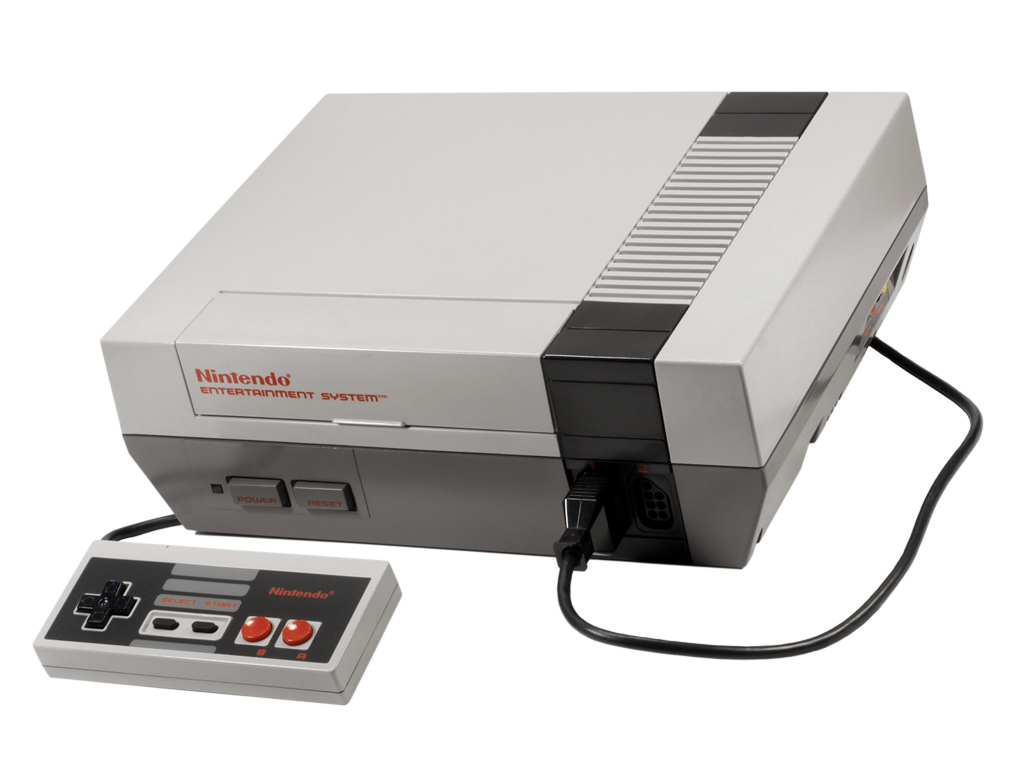

In 1983 a Japanese company introduced an 8-bit gaming console to the Japanese market. The company was Nintendo, and the gaming console was the Family Computer or Famicom. Two years later Nintendo decided to release its console to the North America market under the name Nindendo Entertainment System (NES). The NES system was also released in Europe and Australia in the following years and achieved around 62 million sales worldwide from its release until the end of 2004.
The NES was replaced by Super NES in 1990, and it was also successful, with more than 49 million units sold. The Nintendo 64 followed in 1996, the GameCube in 2001, the Wii in 2006 and the Wii U in 2012. Nintendo also introduced an 8-bit handheld game device in 1989, the Game Boy, and around 119 million units were sold worldwide.
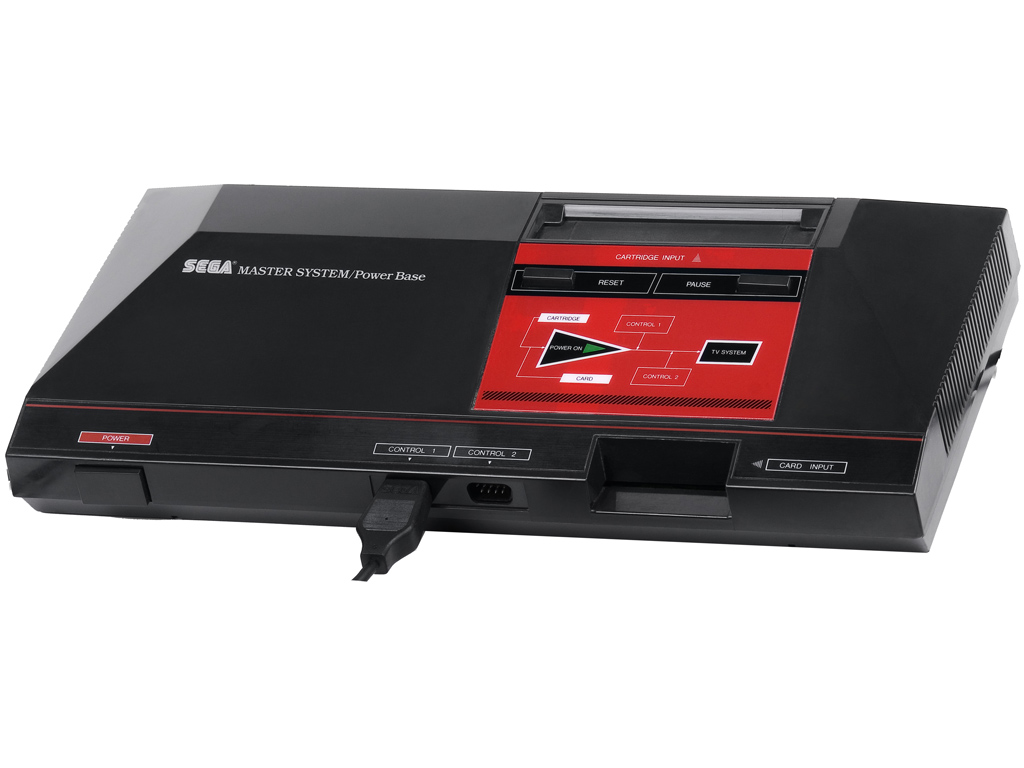
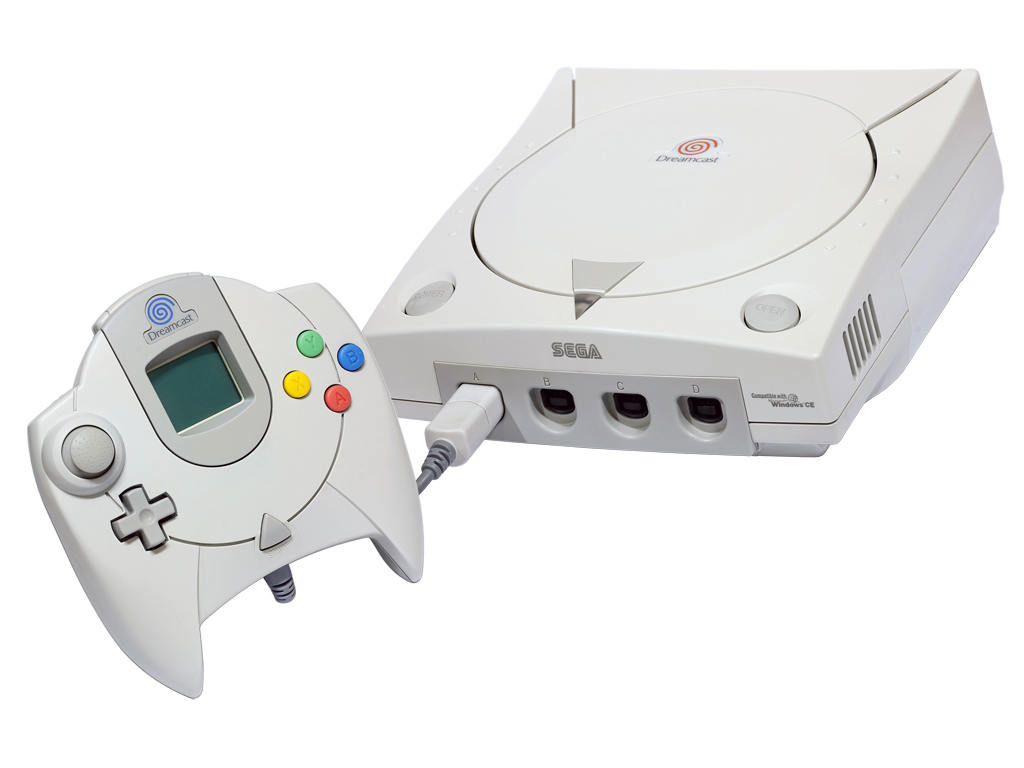
Sega Games, another Japanese video game developer, was active in the game console market between 1983 and 2001. Currently, Sega focuses on arcade games. Sega's first game console was the SG-1000, released in 1983. Due to the strong competition at this time, Sega's SG-1000 wasn't commercially successful. The Sega Master System, released in 1985, was much more successful, but it didn't manage to compete with the Nintendo Entertainment System.
In 1988 the Sega Mega Drive (Sega Genesis in North America) was released in Japan, and in 1990 Sega released its handheld Game Gear. Four years later the Sega Saturn made its debut. The last Sega game console was the Dreamcast, which was discontinued in 2001.
Sony managed to rock the boat in game consoles with the first PlayStation (PS1 or PSX), which was released in December 1994 in Japan and in the following years to the rest of the world. PS1 achieved over 100 million sales worldwide thanks to its amazing graphics capabilities and the huge software developer support.
Nintendo had approached Sony many years before the release of the PS1 in order to create a CD-ROM add-on drive for the SNES system. Eventually the deal went south and Sony decided to continue the project alone, which eventually led to the creation of the first PlayStation console. Its successor, the PS2 was released in 2000, while the PS3 hit the market six years later. The most current PlayStation console is the PS4, launched in 2013.
Microsoft saw an opportunity in the gaming industry and decided to design and release its own game console line. The first Xbox was launched in 2001, and the Xbox 360 followed in 2005. The most recent version, Xbox One, was revealed in 2013 and is Sony PS4's main competitor. Currently, Microsoft and Sony are the two key players in the game console market, with Nintendo still trying to catch back up.
Get Tom's Hardware's best news and in-depth reviews, straight to your inbox.
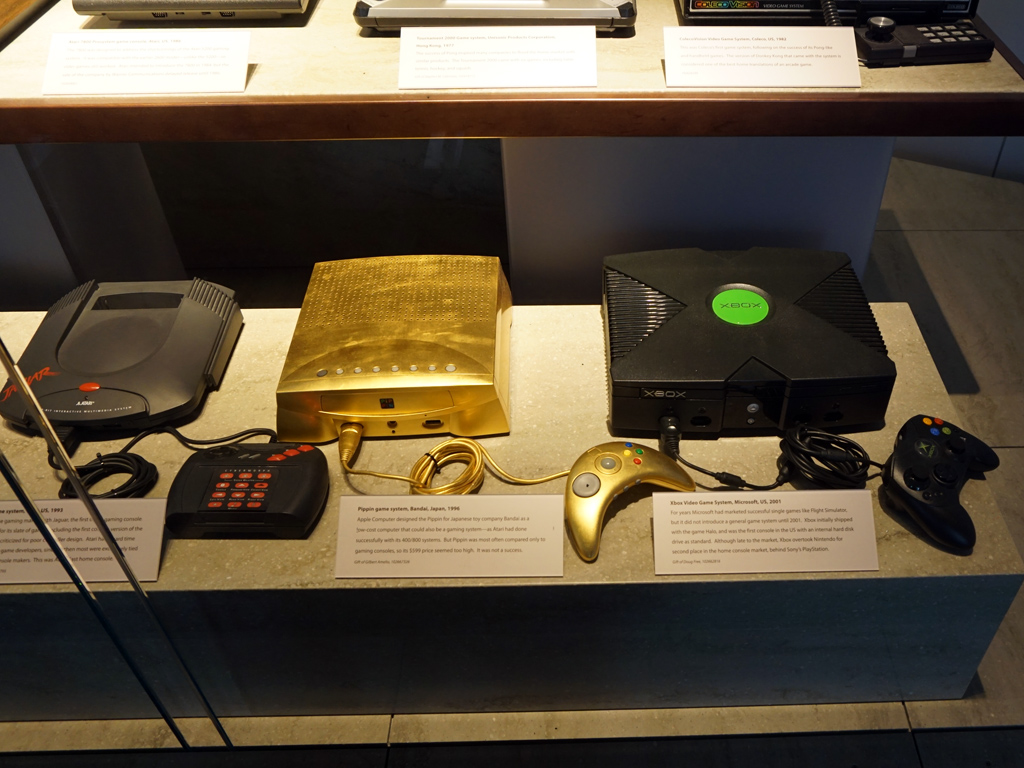
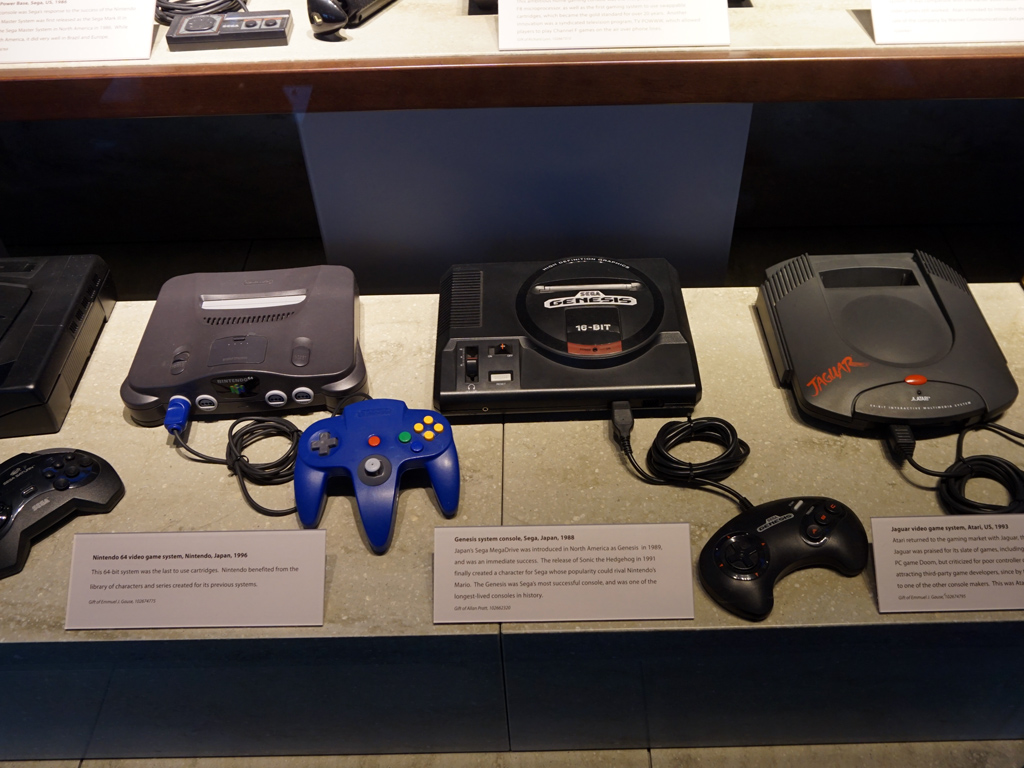
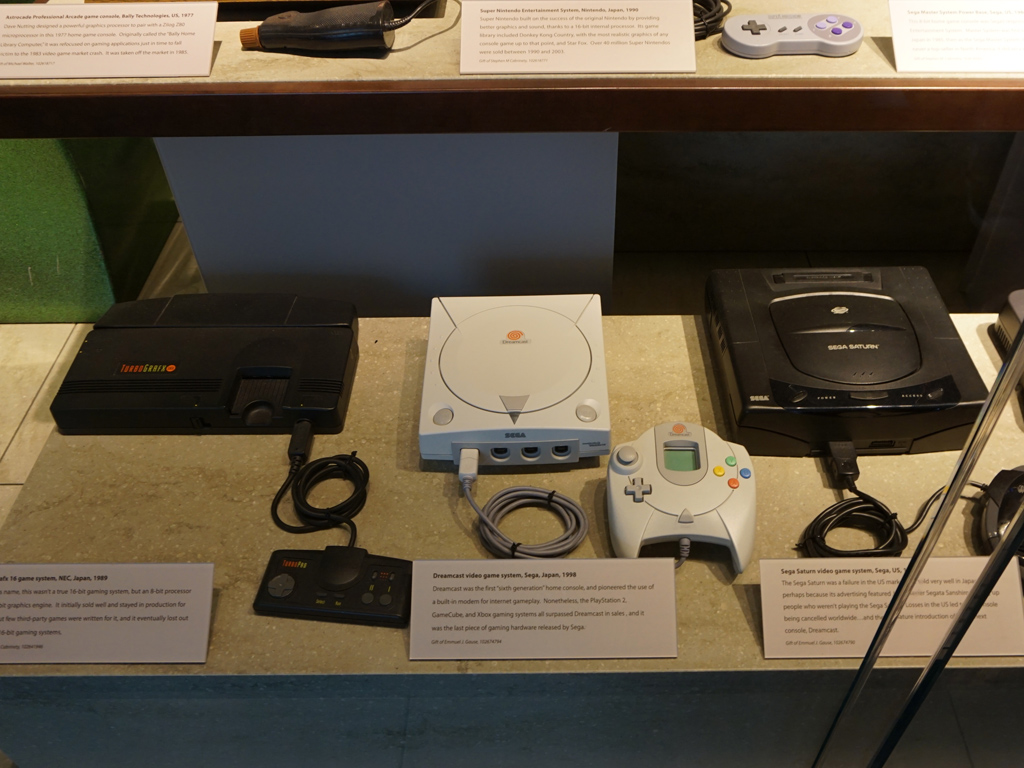



Photographs of various game consoles were taken at the Computer History Museum.
Current page: Video Games And Game Consoles Of The 1980s, 1990s And Beyond
Prev Page The First Video Games And Game Consoles Next Page Keyboards And Mice
Aris Mpitziopoulos is a contributing editor at Tom's Hardware, covering PSUs.

